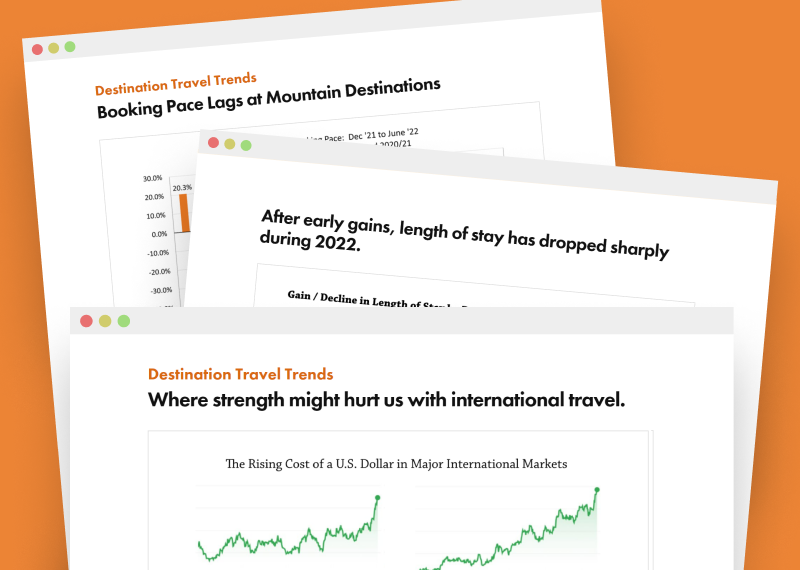 Gregg Blanchard
Gregg Blanchard
Piece-by-piece, the Stash is starting to paint a more complete picture of marketing. We’re finding that each question we come up with builds on the questions before. Last week we analyzed click and open trends, day-by-day, for the entire year.
This week we’re putting opt-outs under the magnifying glass to see when they spike, when they drop, and if anything correlates to these events.
The Inevitability
Opt-outs, like most things, are inevitable. People move, people don’t like a certain message, people stop skiing, people lose interest. Every message with any significant number of recipients is going to have opt-outs. You could give away a free car to everyone on your list and you’d still have people click “unsubscribe”.
The key here is to identify the trends. Points where opt outs, on a large scale, increase or decrease. So, to begin, let’s look at the annual trends for opt-out rate:
The spikes seem vaguely familiar (foreshadowing) as they occur mid summer, September, and right around the new year. We overlaid this on three other metrics – clicks, opens, total sends – and two showed a pretty strong correlation. In fact, they showed a lot of correlation.
Opt Out v Click Rate
Below are these two charts overlaid (click rate in gray, opt out in orange). The way the trends match is pretty clear.
Messages that get a lot of clicks also get a lot of opt-outs, but why?
What This Means
On a macro scale, this trend teaches us a pretty clear lesson for emails in general. When your emails are designed to get people to act, it works. This concept, however, cuts two ways because along with an increase in click rate comes an increase in opt-out rate. This makes sense, right? If you give a presentation at a conference, people are interested. The second you start to sell to them, people turn off and may even leave.
The big takeaway is to watch how these two numbers flow with your messaging. A spike in opt-outs may not always be a warning flag if it is accompanied by a spike in clicks. If clicks drop and opt-outs stay high, that should raise a red flag. On the flip side, if opt-outs are low when clicks spike, you may have a winner on your hands.
What About?
So, what about the other correlation I mentioned? That was between total sends and opt-out rates. Here the overlay of total sends (green) and opt-outs (orange):
At first it seems counter intuitive, but remember the scale: January 1 on the left, December 31 on the right. Seasonality is the simple answer to the trends. As summer arrives, resorts send fewer emails. At the same time, a winter resort brand becomes less relevant and opt-out rates increase.
Next Week: Does the length of emails influence the click rate?
Some resorts try to pack multiple offers into one email so they don’t have to send as often while others stick to one goal for each message. Next week we’ll try to answer the question of whether email length impacts click-rates. If you don’t want to miss a beat, follow @RyanSolutions on Twitter or use the form below to subscribe via email.
Have a question? Just ask.

Tyler Maynard
SVP of Business Development
Ski / Golf / Destination Research
Schedule a Call with Tyler→

Doug Kellogg
Director of Business Development
Hospitality / Attractions
Schedule a Call with Doug→
If you're a current Inntopia customer, contact support directly for the quickest response →
Request Demo
A member of our team will get back to you ASAP to schedule a convenient time.






